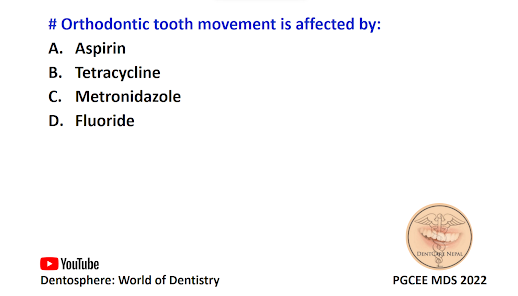# An early prepubertal growth spurt indicates:
a) Longer treatment time
b) Fast maturing child
c) Slow maturing child
d) An endocrine dysfunction
The correct answer is B. Fast maturing child.
An early prepubertal growth spurt can indicate a fast-maturing child. In general, girls experience a growth spurt before boys, with the average age of onset around 10 years for girls and 12 years for boys. However, in some cases, children may experience an early prepubertal growth spurt, which can occur before the typical age of onset.
While an early prepubertal growth spurt can be a sign of a fast-maturing child, it is not necessarily an indication of longer treatment time or an endocrine dysfunction. The timing and duration of growth spurts can vary widely among children and are influenced by a variety of factors, including genetics, nutrition, and overall health. If there are concerns about a child's growth or development, it is important to consult a healthcare provider for evaluation and guidance.











